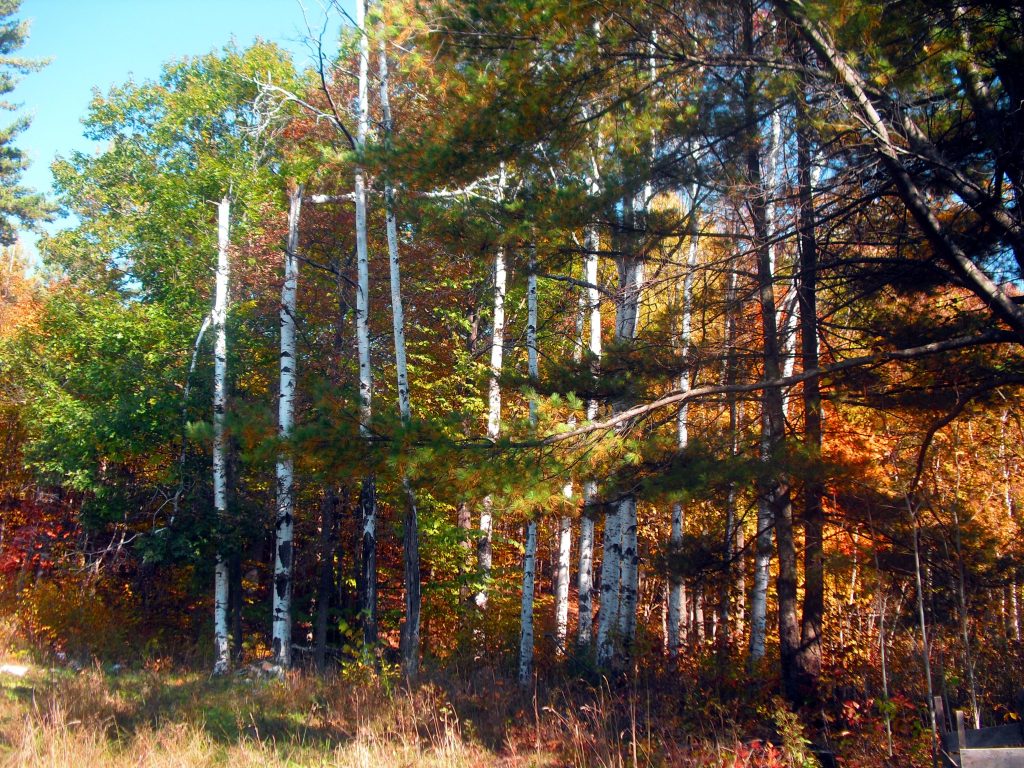Arboriculture and urban forestry is the science devoted to the cultivation, the care of trees, shrubs and vines, considered as individuals. Usually, the tree that matter as an individual is in the streets, parks, plazas, medians, walkers, botanical gardens, arboreta, institutions, companies, nurseries, residential units, houses, farms, etc. The tree of cities is called urban tree, and no ornamental tree, because their functions are varied and go beyond a purely aesthetic role. Urban tree serves multiple functions: aesthetic, environmental, ecological, social, historical, symbolic, cultural and recreational.

There arboriculture of fruit trees (fruit growing); of medicinal trees (medicinal horticulture); of fodder trees (agroforestry). But arboriculture of urban trees is simply … arboriculture & urban forestry. Arboriculture is urban in principle, so it is not necessary to add the adjective. In urban forests have trees that may require special attention from the arboriculture. Also in urbanized areas will be forested areas where, by design, trees and shrubs lose their individuality and the mass to be treated with plants cultural practices.
Tools or techniques of arboriculture and urban forestry are: production, selection, planting (usually in cities not planting is done), installation systems, pruning, transplanting, cordage, demolition, health management tree, reinforcement systems, installation of lightning rods in the trees, mulch, fertilization, aeration and soil improvement, protection in construction, irrigation, safety at work with trees, diagnosis, assessment, etc. (Obviously, Topping is not a technique of Arboriculture).
The object of study of arboriculture is the tree. To grow a tree (the) arborist considered an organism, a living being, in many cases an ecosystem. This means that the urban tree is cultivated throughout his life, not only in the nursery stage.
Plantar is the act of installing trees and other plants produced in nurseries. Seeding is when placed or seeds are dispersed in a field or in a nursery.
In the city, what is done in the gardens and green areas with grass, flowers and other ornamental plants is not urban forestry, and it is Landscape Architecture and Gardening.
For work in the cities and citizens, Arboriculture and urban forestry are techniques by 50 percent and social sciences in the other 50 percent. However, not all urban forester knows arboriculture; the same as not all arborists know of urban forestry.
In another vein, we can say that AGRONOMY is the great science of the Earth to obtain crops of plant and animal foods for human consumption, mainly. Agriculture is a branch of agricultural science that is responsible for agricultural crops and livestock. Is an agronomist who researches, studies and works for the production of food and other goods. Farmer who cultivates the field is, the farmer or technician who implements the principles of agronomy through the different production systems.
In Mexico, in the context of Forestry, it is used quite the word Forestry (forestry not stated). Forestry word we use it in the translation of “Forestry”.
Harris (1992), in his book Arboriculture, placed Agronomy, Forestry and Horticulture at the same level in the classification of plant sciences. Plants culture (Forestry) and Urban Forestry (Forestry Urbana) are derived branches Forestry (Forestry), occupy a second level in the standings.
Arboriculture is in that classification as a branch of the Environmental Horticulture, which in turn is derived from the Horticulture. Perhaps this can explain why FAO does not contemplate in their publications. It may also reveal why Arboriculture not in the curriculum of Forestry Engineers; until now timidly it appears as an optional subject in some schools.
The International Society of Arboriculture (ISA) long handled under the name of Journal of Arboriculture publication of advances and research reports. From about 3 or 4 years ago he changed to Journal of Arboriculture and Urban Forestry, precisely to be more consistent and include topics of this second aspect.
Incidentally, Arborist is the person who studies and practices Arboriculture: care or cultivation of trees in urban landscapes; your workplace are streets, parks, gardens. Certified arborist is who obtains and maintains this accreditation by the ISA. The term arborist with whom we associate most urban trees grown and produced in nurseries. Etymologically these words originate from the Latin word arbor; there arboriculture, arboreal and others are also derived. More to Read How to become an Arborist in a best way
Tree, trees also come from the arbor root only so pronounced that perhaps cacophony. It is the professional arborist arboriculture. Although it sounds good tree, arborist is not inharmonious, is much better word arborist. The word arborist is rather used to denote who studies the “family tree” of people, something very different from the arboriculture. In French, a language like Spanish has many words of Latin origin, it is said arborist; English arborist said.
Harris, R. W. 1992. Arboriculture: Integrated Management of Landscape Trees, Shrubs, and Vines. 2th ed. Prentice Hall, NJ, USA.
Final note. All this can and should be debated: great way to exchange views, clarify and cultivate our thinking. I invite everyone to participate in the discussion of arboriculture & urban forestry. Sincerely,
Helpful Resources: